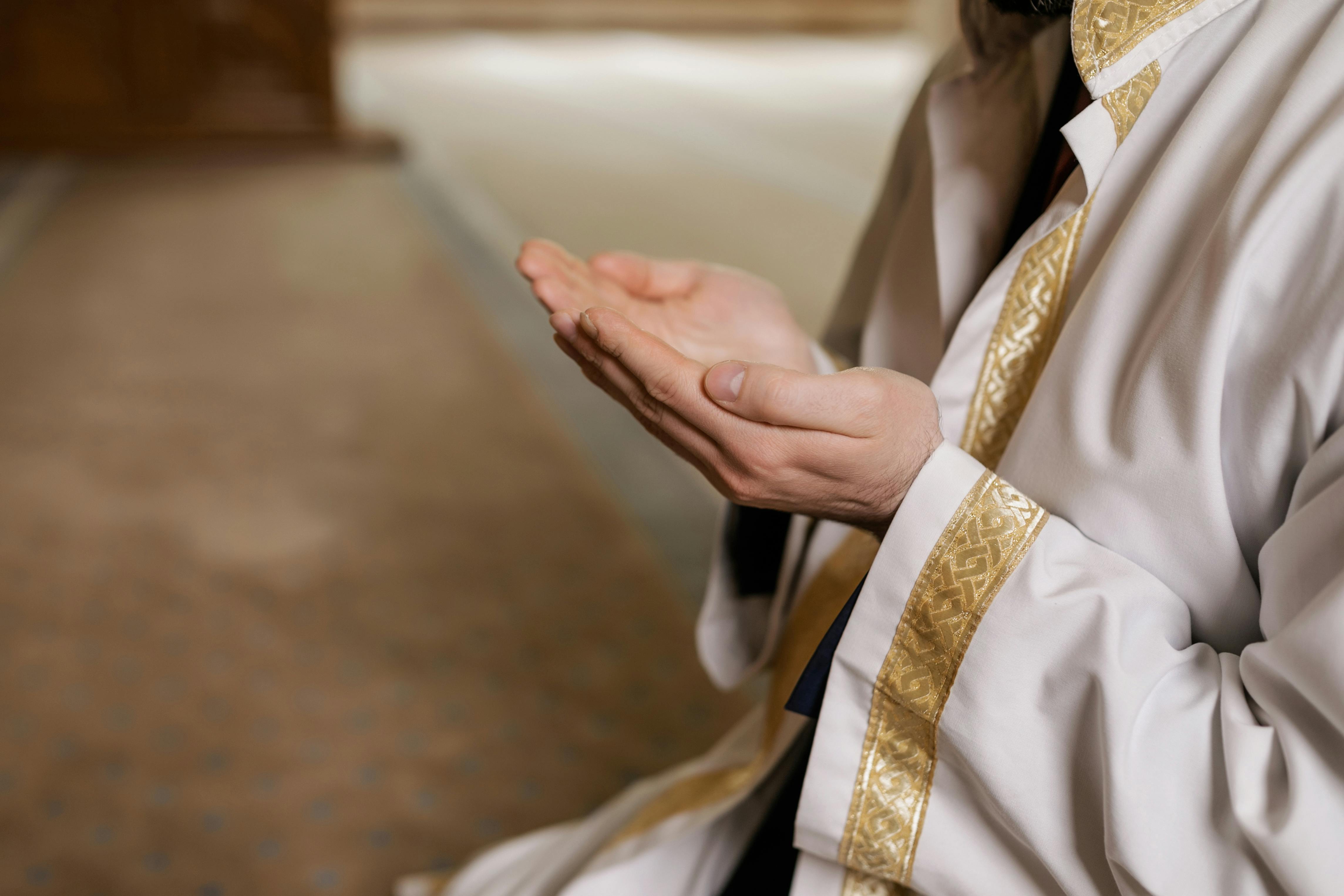The best time to perform Umrah depends on personal preferences, weather conditions, and crowd levels. Here are some considerations for choosing the best time for Umrah:
1. Off-Peak Seasons (Best for Less Crowds and Comfort)
Timing:
After Hajj Season (Muharram and Safar):
This period is considered one of the best times for Umrah as it comes right after Hajj, and the crowds are significantly smaller. The weather is also more pleasant during these months, especially in comparison to the summer.
Between Ramadan and Hajj (Shawwal, Dhul-Qa’dah):
After Ramadan and before the Hajj season begins, the number of pilgrims tends to be lower, making this a comfortable time for performing Umrah.
Benefits:
- Fewer crowds mean you can perform Umrah rituals more peacefully.
- Hotel rates and flight prices are usually lower compared to peak seasons.
- Cooler temperatures make the pilgrimage more comfortable.
2. Ramadan (Best for Spiritual Rewards)
Timing:
- During the Month of Ramadan:
Many believe that performing Umrah during Ramadan is highly rewarding, as the Prophet Muhammad (PBUH) is reported to have said that an Umrah in Ramadan is equivalent to Hajj in terms of spiritual rewards (though it does not replace the obligation of Hajj).
Benefits:
- Increased spiritual rewards for performing Umrah during this holy month.
- A spiritually charged atmosphere as millions of Muslims gather for prayer and worship.
Considerations:
- Ramadan is a peak time for Umrah, so expect large crowds, especially during the last 10 days.
- Prices for flights and hotels tend to be higher due to demand.
- It can be physically demanding due to fasting, so it's important to consider your health and stamina.
3. Winter Months (Best for Comfortable Weather)
Timing:
- November to February (Rabbi al-Awwal to Jumada al-Awwal):
These months fall in winter, which brings cooler weather, making it easier to perform the rituals of Umrah.
Benefits:
- Comfortable temperatures, especially during Tawaf (circumambulation) and Sa’i (walking between Safa and Marwah).
- Less fatigue from walking long distances in hot conditions.
- Moderately less crowded compared to Ramadan or peak times.
4. School Holidays or Personal Availability
Timing:
- During School Holidays or Personal Leave:
If you're traveling with family or children, it may be more practical to perform Umrah during school holidays, such as summer or winter breaks.
Benefits:
- Easier to plan as it fits with your schedule.
- Family-friendly and an opportunity to share the spiritual journey with loved ones.
Considerations:
- Summer months can be extremely hot in Saudi Arabia, with temperatures exceeding 40°C (104°F), which can make the journey more physically challenging.
- Crowds may increase during these periods due to the availability of time for families to travel.
5. Avoid Hajj Season
- Timing:
The months leading up to and immediately after Hajj (Dhul-Hijjah) are the most crowded, as many pilgrims performing Hajj stay for Umrah. It's best to avoid this period if you're looking for a quieter experience.
